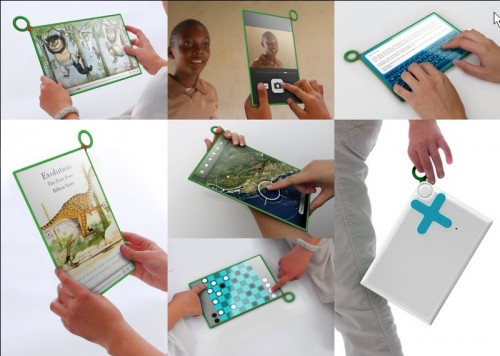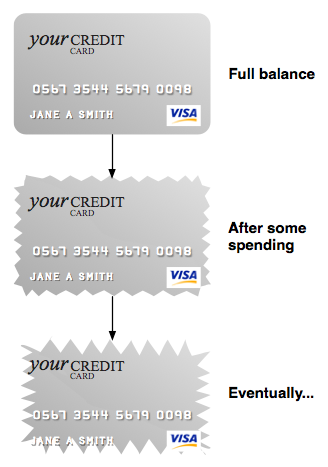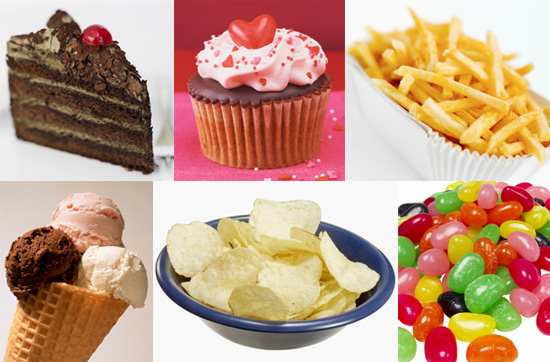 Or at least that is the consensus view of organizational scientists that contributed to the important new volume, Worker Engagement: A Handbook of Essential Theory and Research.
Or at least that is the consensus view of organizational scientists that contributed to the important new volume, Worker Engagement: A Handbook of Essential Theory and Research.
This is no surprise to cognitive designers. The entire field turns on the assumption that interaction can be modeled as the exchange of mental energy. To oversimplify, I put mental effort and energy into my work and I get some out. If in general I get more out than I put in, I an invigorated and experience engagement. If on average I get less mental energy out than I put in, I am headed towards burnout and potential exhaustion.
The concept of energy appears throughout the book but gets the most advanced treatment in chapter six, Feeling energetic at work: On Vigor’s antecedents. To quote:
“Vigor refers to individuals’ feelings that they possess physical strength, emotional energy, and cognitive liveliness, a set of interrelated affective states experienced at work.”
Vigor and the mental energy that drives it plays a key role in the job demands and resources (JD-R) model of worker engagement, the theoretical centerpiece of the handbook.

Design thinking is critical for interventions that drive higher levels of worker engagement. As the author points out:
“I argue that people feel ongoing changes in the physical, cognitive and emotional energy levels that they posses and these changes are related to specific positive features of their work environment and specific characteristics of their jobs.”
Cognitive design can contribute to tuning these features as we have work hard to define the factors and variables that characterize the use and generation of mental energy. See for example an excerpt on mental energy analysis from a workshop I gave at the 2009 Design Research Conference. Said more directly, the JD-R model puts cognitive design in the center of our efforts to improve worker engagement.

 Perceived weight, texture and hardness of an object unconsciously shapes our interpretations and judgments especially in situations involving interpersonal communications. That is the conclusion of recent research at Harvard and MIT on How Touch Influence Judgments.
Perceived weight, texture and hardness of an object unconsciously shapes our interpretations and judgments especially in situations involving interpersonal communications. That is the conclusion of recent research at Harvard and MIT on How Touch Influence Judgments.









